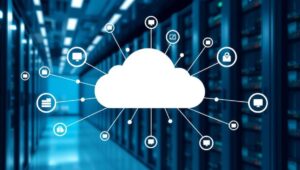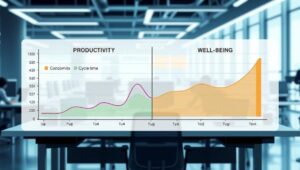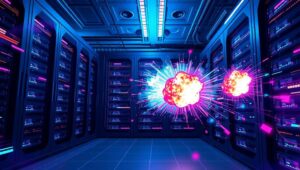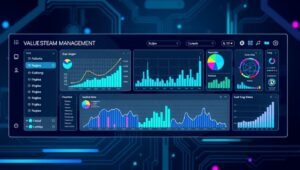May 21, 2025
Serverless Computing: Beyond Functions to Full Applications (2026)
Serverless Computing: Beyond Functions to Full Applications (2026) Serverless computing has evolved significantly. Initially focused on Function-as-a-Service (FaaS), the serverless paradigm is now expanding to support full-fledged applications. This article explores the advancements, benefits, challenges, and future trends shaping serverless computing in 2026. The Evolution of Serverless Serverless computing began with the promise of abstracting away server management, allowing developers to focus solely on writing code. Early serverless platforms like AWS Lambda, Azure Functions, and Google Cloud Functions enabled event-driven execution of individual functions. Today, the scope has broadened to encompass entire application architectures. Key Advancements Driving the Serverless Revolution












